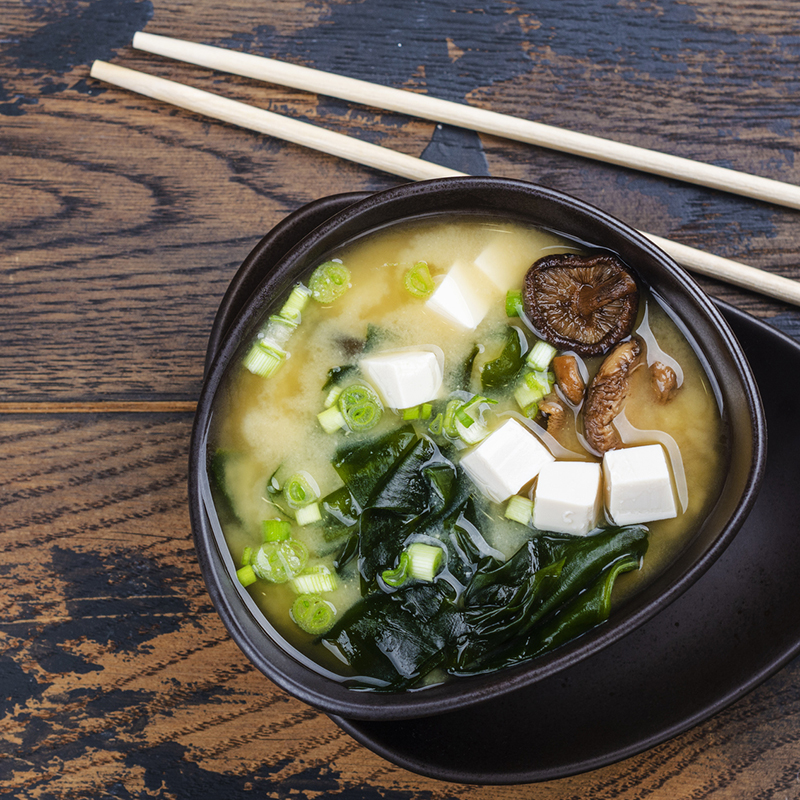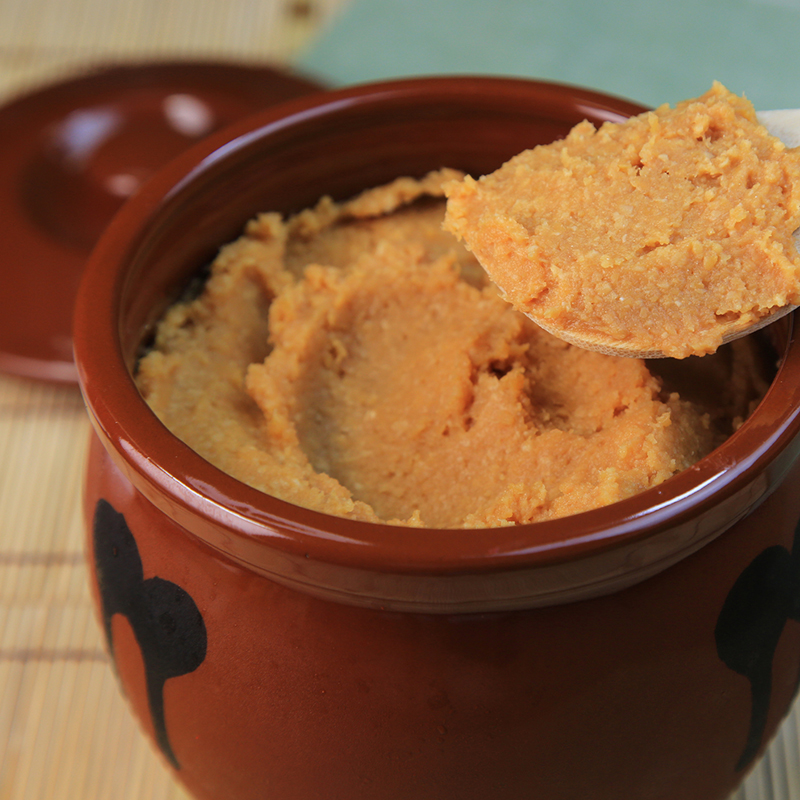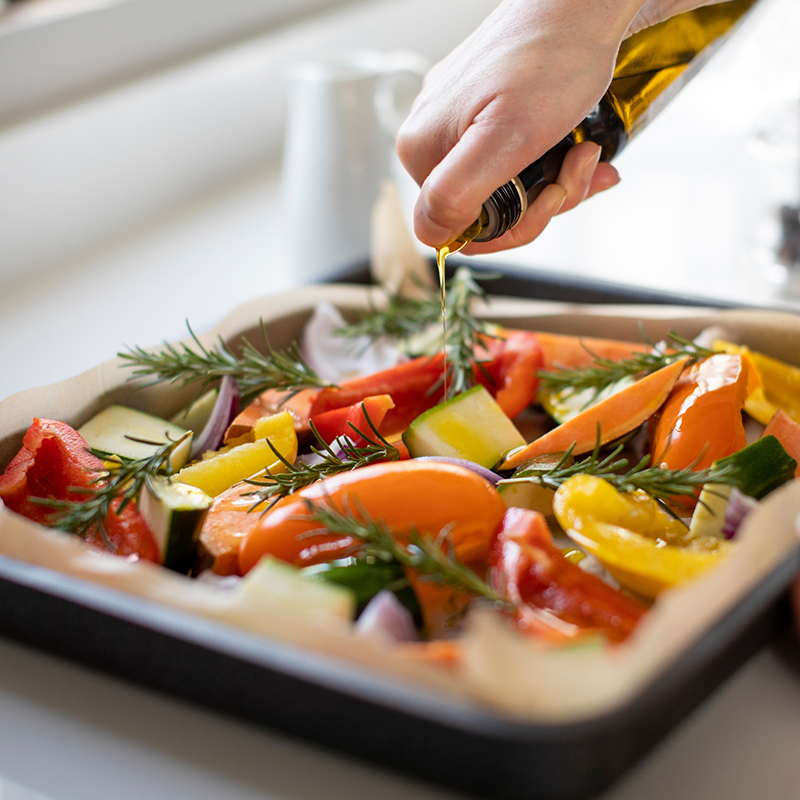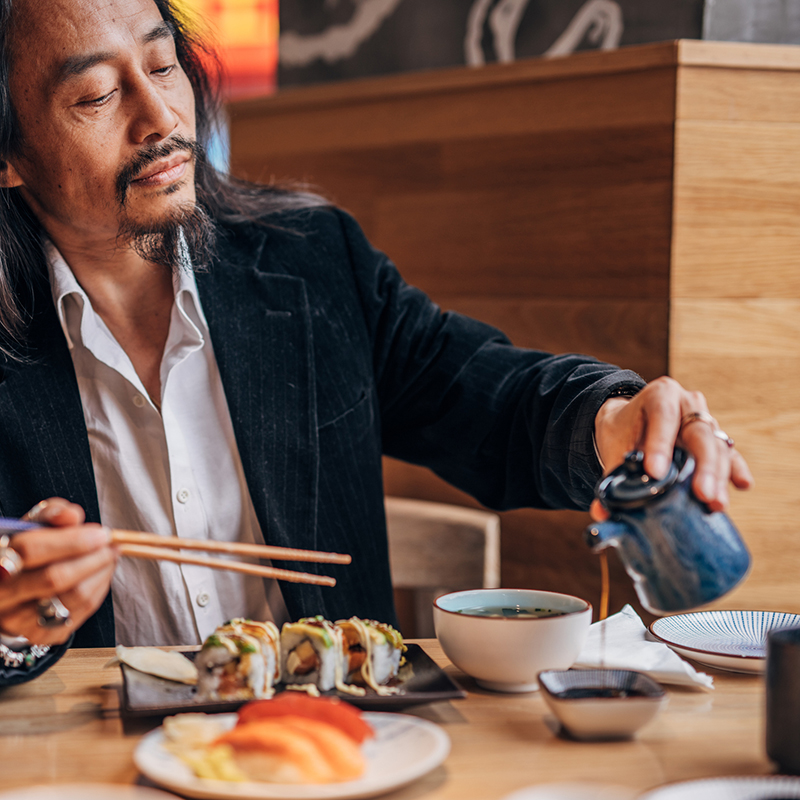You may have heard the word “umami” tossed around on cooking shows and recipe columns but are unsure what it means. If you’ve bitten into a hunk of fresh Parmesan, eaten a sautéed mushroom, or added miso to a stir-fry, then you have encountered umami flavor. Here, we will break down what it means to add “umami” and explain how it can elevate your cooking.
How to Define Umami
Umami is a Japanese word that loosely translates as a pleasant and savory taste. It usually describes foods that are hearty and savory in taste. In general, we categorize foods one of five ways:
- Sweet
- Salty
- Sour
- Bitter
- Umami

For centuries, only the first four were considered proper categorizations of flavor. Then, in 1908, a Japanese chemist named Kikunae Ikeda identified a fifth taste category, which he called umami. It took years for the flavor profile to gain widespread acceptance, but by the 1980s, it was universally accepted in cooking circles and within popular culture.
What Is Umami, Exactly?
The umami taste refers to anything that does not readily fit into the categories of sweet, salty, bitter, or sour. Perhaps the best descriptor for umami is “hearty.” From a chemical perspective, the key to the umami flavor is the amino acid called glutamate. Anyone familiar with Asian cuisine will be familiar with monosodium glutamate (MSG), which is a flavor enhancer in foods and sauces. Though MSG has been a source of controversy in recent decades, the Food and Drug Administration (FDA) has designated it as an ingredient that is safe for human consumption. It does not pose a known risk to human health. However, salt-sensitive people should eat it in moderation.
Examples of Umami Foods
Still not sure what umami tastes like? The following are examples of classic umami foods, many of which you have likely tried or even eaten recently:
- Edamame
- Soy Sauce (which is also very salty, but still has an umami base)
- Mushrooms
- Tomato sauce
- Ripened tomatoes
- Roasted seaweed
- Salmon
- Hard cheese (Parmesan, Romano)
- Miso
- Fish sauce

How to Incorporate Umami Flavors Into Your Cooking
Now that you know what umami flavors are, it’s time to add them to your own cooking. As a staple in Asian cuisines, umami flavors incorporate readily into stir-fries, rice dishes, and fish dishes. Cooking with umami is simple; here are a few suggestions for adding umami to your meals.

Add a Miso Paste to Your Dishes
Miso paste is readily available at your local Asian market or even in your local big box store. Miso is a staple in Japanese cuisine and forms the base of one of its most popular dishes, miso soup. Miso paste is a similar texture to peanut butter and is a fermented, cultured concoction of soybean, grain (i.e., rice or barley), and koji. Miso paste comes in both smooth and chunky varieties and can be aged a few weeks or a year (or more). You can use miso paste to add an umami punch to soups, sauces, salad dressings, and marinades. It also pairs well with tofu scrambles, vegetables like eggplant, and ramen.
Try a Fish Sauce
Another staple of Asian cuisine and readily available at a supermarket near you, fish paste is a perfect combination of salty, sweet, umami, and funky. It’s a roller coaster of flavor in a bottle. As the name implies, fish creates the base of the sauce. Small fish, like anchovies, are rolled in salt and packed in large barrels to ferment. Over time, the natural bacteria begin to break down the fish, and a briny, savory liquid is the result. If this does little to convince you of its goodness, never fear: There are no illness-causing bacteria in fish sauce, and if you have had Chinese takeout or Pad Thai, you have eaten it already, anyway.
Fish sauce takes center stage when added to stir-fries. A little goes a long way, so don’t overdo it.


Roast Your Veggies
Raw vegetables themselves do not pack much of a flavor punch, but when you roast them, their savory and umami characteristics shine. Tossing vegetables in olive oil and roasting them with salt and herbs transforms them into hearty taste chunks that elevate a variety of dishes. Use them as an accompaniment to meats and salmon, or use them as a base for soup and stews. Roasted vegetables like red peppers make a perfect and hearty accompaniment to Italian dishes (don’t forget the fresh Parmesan).
Cook With Mushrooms
Mushrooms are one of the few foods that have a natural umami flavor, even in raw form. As such, mushrooms are one the easiest and most accessible ways for you to add umami flavor to a variety of dishes. They instantly elevate burgers and sandwiches, are a perfect accompaniment to salads, and add an excellent depth of flavor to soups and stews. People prize shiitake mushrooms for their umami flavors. Whether you are using mushrooms as a main course (i.e., portobello mushroom burger) or as the backbone of a sauce, mushroom-based cooking helps the natural flavors of glutamate shine.


Add a Fermented Sauce
Several different Asian sauces start with a fermented, umami base. Soy sauce is arguably the most popular, created from fermented soybeans and imparting a salty, hearty flavor. You can find other forms of fermented sauces from other grains such as barley and rice. Fermented sauces are naturally high in glutamates and add an impressive depth of flavor to a variety of dishes. Add them to homemade marinades, salad dressings, and sauces.
Umami is a flavor that is both hearty and satisfying. Once you understand what it is, you will find it both easy and pleasing to use in your cooking. From fermented dishes, roasted vegetables, and mushrooms, umami ingredients add a richness to your dishes, often without many added calories. Experiment with cooking with umami and see where your taste buds take you.
